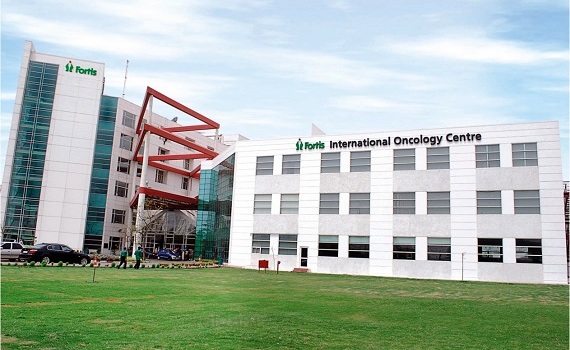Transarterial Chemoembolization - TACE Treatment in India
treatment
starting from
Introduction:
Transarterial Chemoembolization (TACE) is a minimally invasive interventional radiology procedure used to treat certain types of liver cancer. It involves the delivery of chemotherapy drugs directly into the tumor-feeding blood vessels, followed by the occlusion of those vessels with embolic agents. TACE is primarily employed in the management of hepatocellular carcinoma (HCC), the most common type of primary liver cancer, and offers a promising treatment option for patients who are not candidates for surgical resection or liver transplantation. This article provides a comprehensive overview of TACE, including its symptoms, causes, diagnosis, treatment, cost in India, and concludes with an assessment of its impact on patient outcomes.
Symptoms of Liver Cancer:
Liver cancer, including hepatocellular carcinoma (HCC), often presents with non-specific symptoms in the early stages, making it challenging to diagnose. Common symptoms include persistent abdominal pain, unexplained weight loss, loss of appetite, fatigue, jaundice (yellowing of the skin and eyes), and a palpable mass in the abdomen. However, these symptoms may be indicative of other health conditions, necessitating further investigation for a definitive diagnosis.
Causes and Risk Factors:
The exact cause of liver cancer is not always clear, but several risk factors contribute to its development. Chronic viral infections, such as hepatitis B and C, are significant risk factors for liver cancer. Other contributing factors include chronic alcohol consumption, non-alcoholic fatty liver disease (NAFLD), cirrhosis (scarring of the liver), exposure to aflatoxins (toxins produced by certain moulds), and genetic disorders like hemochromatosis and Wilson's disease. Understanding these risk factors is crucial for early detection and timely treatment.
Diagnosis of Liver Cancer:
The diagnosis of liver cancer involves a combination of clinical evaluation, imaging tests, and laboratory studies. Doctors typically start with a detailed medical history and physical examination, focusing on any risk factors or symptoms. Blood tests, such as alpha-fetoprotein (AFP) levels, can provide valuable information, although they are not definitive on their own. Advanced imaging techniques like ultrasound, computed tomography (CT), magnetic resonance imaging (MRI), and positron emission tomography (PET) scans help visualize the liver and detect any suspicious masses. If a tumor is suspected, a liver biopsy may be performed to confirm the diagnosis and determine the tumor's characteristics.
Treatment Options and TACE Procedure:
The treatment approach for liver cancer depends on various factors, including the stage of the disease, the extent of tumor involvement, and the patient's overall health. TACE is an established treatment option for intermediate-stage HCC, where surgical resection is not feasible and the tumor has not spread extensively beyond the liver.
During the TACE procedure, an interventional radiologist inserts a catheter through the patient's groin or wrist and navigates it to the blood vessels supplying the tumor. Chemotherapy drugs, such as doxorubicin or cisplatin, are then delivered directly into the tumor through the catheter. To enhance the drug's effect and block the blood supply to the tumour, embolic agents like tiny microspheres or gelfoam particles are injected into the vessels, causing them to clot. This dual approach targets the tumour while minimizing the systemic effects of chemotherapy, improving the therapeutic outcome.
TACE Treatment Cost in India:
The cost of TACE in India can vary depending on several factors, such as the hospital's reputation, location, the experience of the medical team, and the patient's overall health condition. Additionally, the type of chemotherapy drugs and embolic agents used can also impact the cost. On average, the cost of a single TACE procedure in India can range from XXXX to XXXX rupees. It's important to note that additional expenses for pre-procedure evaluations, follow-up visits, and post-procedure care should also be considered when estimating the overall cost.
Conclusion
Transarterial Chemoembolization (TACE) has emerged as a valuable treatment option for patients with hepatocellular carcinoma (HCC) who are not eligible for surgical resection or liver transplantation. By delivering chemotherapy directly to the tumour site, TACE offers the potential to improve patient outcomes and extend survival. However, it is crucial to detect liver cancer at an early stage, as early intervention significantly improves the success of TACE and other treatment approaches. As research and technology continue to advance, TATE's role in liver cancer treatment will likely evolve, offering hope for better outcomes and improved quality of life for patients facing this challenging disease.
How It Works
Need help in organizing medical travel to India?




